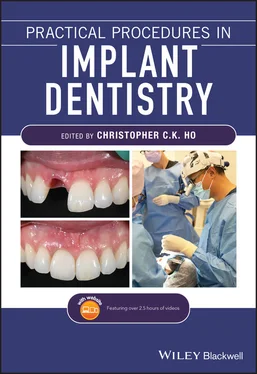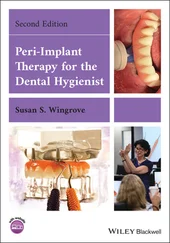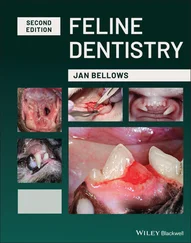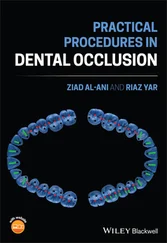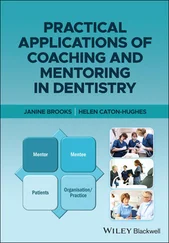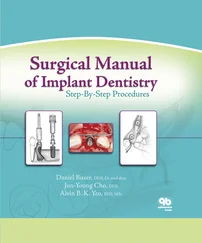1 ...8 9 10 12 13 14 ...21 The analogue technique traditionally starts from waxing up the desired teeth on articulated study models, creating a vacuum‐formed retainer or acrylic template, then filling the desired positions with a radiopaque material ( Figure 3.1).
Digital techniques begin with intra‐oral scans and the desired tooth position is planned. The radiographic guide can then be milled or 3D printed.
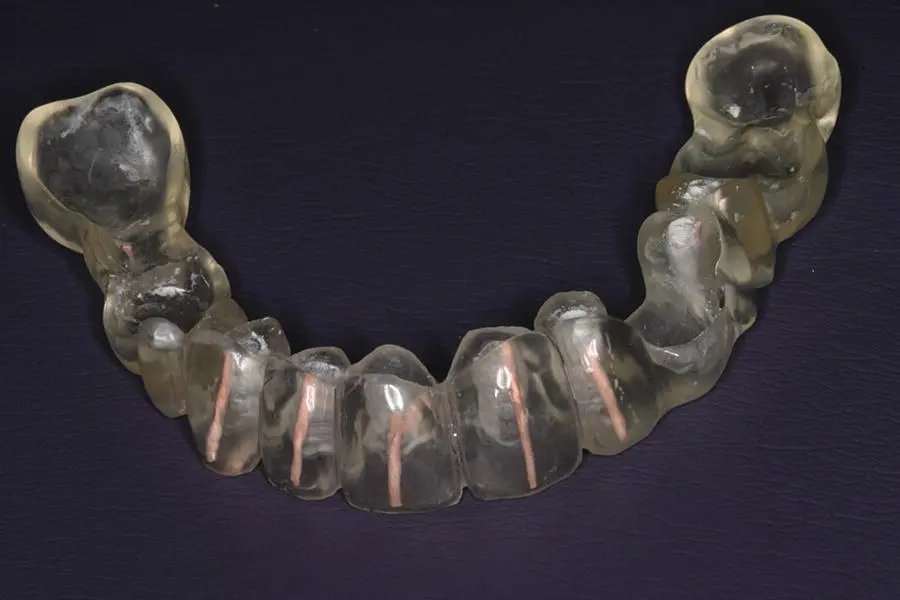
Figure 3.1 Analogue/traditional radiographic template.
Templates (guides/stents) have various functions:
They simulate prescribed teeth in the intended implant sites. These are positioned according to prosthodontic planning with the numbers of implants as well as the position of the teeth for best aesthetics, function, and phonetics. The implants are positioned so that they are 1.5 mm away from teeth and 3 mm from adjacent implants.
They indicate any need to replace soft and/or hard tissues.
They are used in surgical site assessment, radiographic assessment, and surgical placement of implants. This may also allow visualisation to see whether screw retention is possible.
Radiographic templates constructed during the initial prosthetic work‐up may be used in conjunction with the CBCT, allowing the clinician to determine whether bone grafting will be needed and also to guide the clinician in choosing an appropriate prosthesis [3].
Various methods have been used to allow imaging with the use of gutta percha markers, radiopaque teeth, or barium sulfate in acrylic. The use of radiopaque gutta percha markers have been used to simulate the alignment of the implants which provide information about the intended placement on the cross‐sectional imaging. These gutta percha markers are then removed, and the radiographic templates can further be modified to become a surgical template ( Figure 3.2). These templates indicate teeth position but are not precisely defined due to the fact that the surgeon may have to manually correct the placement of implants.

Figure 3.2 Acrylic radiographic/surgical guide.
The templates can be supported by teeth, implants, mucosa, and bone. They need to be stable, retentive, and to fit accurately as poor fit may lead to poor positioning of the template, leading to errors in the implant position. Furthermore, they should be rigid and not easily distorted when inserting.
Prosthetic planning has evolved to allow virtual implant planning. CT and CBCT imaging have facilitated advances in the treatment planning of dental implants as the information can now be transferred to implant‐planning software to digitally plan the case. This is achieved by merging CBCT and intra‐oral scans, allowing clinicians to perform virtual tooth and implant placement, and even to perform guided surgery ( Figure 3.3). These computer‐aided design (CAD) programs are used to fabricate surgical templates which are manufactured by either stereolithography (SLA) or 3D printing. In a recent systematic review, Tahmaseb et al. [4] identified 24 clinical and preclinical accuracy studies involving nine different static surgical guidance systems. Meta‐analysis of the accuracy related a total mean error of 1.12 mm (maximum of 4.5 mm) at the entry point of the osteotomy and 1.39 mm at the apex (maximum of 7.1 mm). The angular difference between planned and obtained position was 3.53 degrees (maximum of 21.16 degrees). Although the average accuracy was quite acceptable it was reported that there were significant errors as demonstrated by the maximum errors. These are mainly due to the potential for the templates to not fit correctly or move during placement. The use of guided surgery should therefore be attempted with care, with special attention to accurate template fitting prior to use. The most accurate templates have been tooth‐supported templates, whereas bone‐supported templates have been reported to have the highest inaccuracy [4]. Further development is required to improve the accuracy of static surgical guidance systems.

Figure 3.3 Guided surgery in a full arch implant rehabilitation.
Further technological advances have led to the launch of dynamic surgical navigation (e.g. X‐Guide™; X‐Nav Technologies) in which real‐time surgery is guided using computer software and delivers interactive information to improve the precision and accuracy of implant positioning.
3.1.3 Diagnostic Records
3.1.3.1 Articulated Study Models
Study models that have been articulated with a facebow transfer record and a maxillo‐mandibular relationship (MMR) record allow the clinician to measure and analyse occlusal relationships and spatial considerations, and to manufacture templates. The casts can be used to create a diagnostic set‐up of the proposed prosthesis using wax and/or denture teeth. This set‐up may then be transferred to the mouth to be evaluated, used as a radiographic guide or a surgical guide, and potentially transformed into a provisional restoration. More recently, the use of chairside intra‐oral scanning, DICOM data files from CBCT, and STL files from 3D optical scanning are merged to allow planning with interactive 3D software. The proposed virtual set‐up of teeth allows visualisation of the planned restoration in relation to the bone and soft tissue architecture. This allows analysis of the bony ridge in relation to the planned tooth position, so that the length, diameter, position, and alignment of implants can be determined accurately.
3.1.3.2 Photographic Records
Photography is an essential diagnostic and communication tool for the implant clinician. Comprehensive treatment planning takes time and deliberation, hence photographs are an essential step in the process as they allow the clinician to view both the intra‐oral and extra‐oral clinical situation when the patient is not in the dental practice. Photographs can be used to educate patients, helping them to understand the proposed treatment, and are important clinical records and aids in the treatment planning process.
3.2 Procedures
3.2.1 Template Design
3.2.1.1 Traditional Templates
Various methods have been used in imaging, including the use of gutta percha markers, radiopaque teeth, or barium sulfate in acrylic resin. The use of radiopaque gutta percha markers have been used to simulate the alignment of the implants, providing information about the intended placement on the cross‐sectional imaging. These gutta percha markers are then removed, and the radiographic templates further modified to become a surgical template. These templates indicate teeth position but are not precisely defined because the surgeon may have to manually correct the placement of implants upon assessing the imaging.
3.2.1.2 Digital Templates
More recently, digital scanning has allowed us to ‘digitally’ wax up the tooth in the gap, design a template, and then either mill or 3D print this in acrylic. The design of the digital template should ensure that there is adequate support from hard tissues such as teeth adjacent to the gap, and the missing tooth is included in the template, so the doctor may drill through it to prepare space for the radiographic markers. Some doctors prefer to have ‘windows’ cut out of the acrylic to visually ensure seating of the template.
Читать дальше
